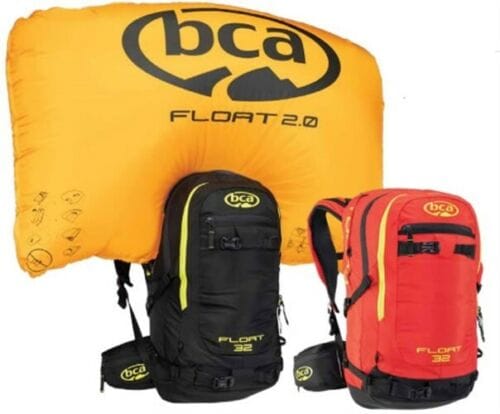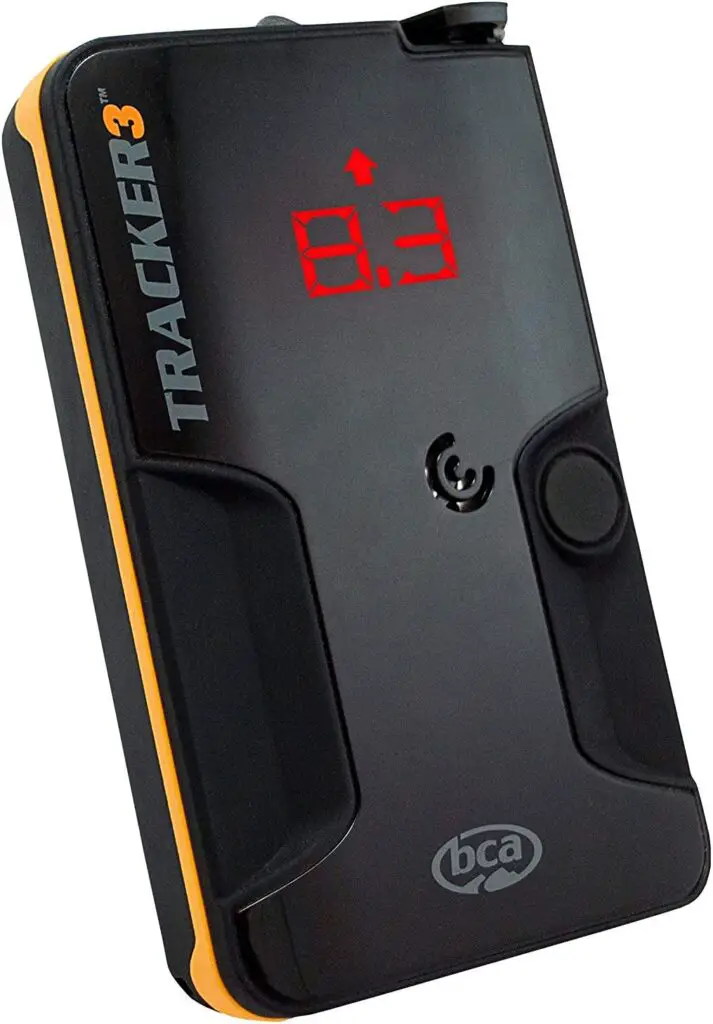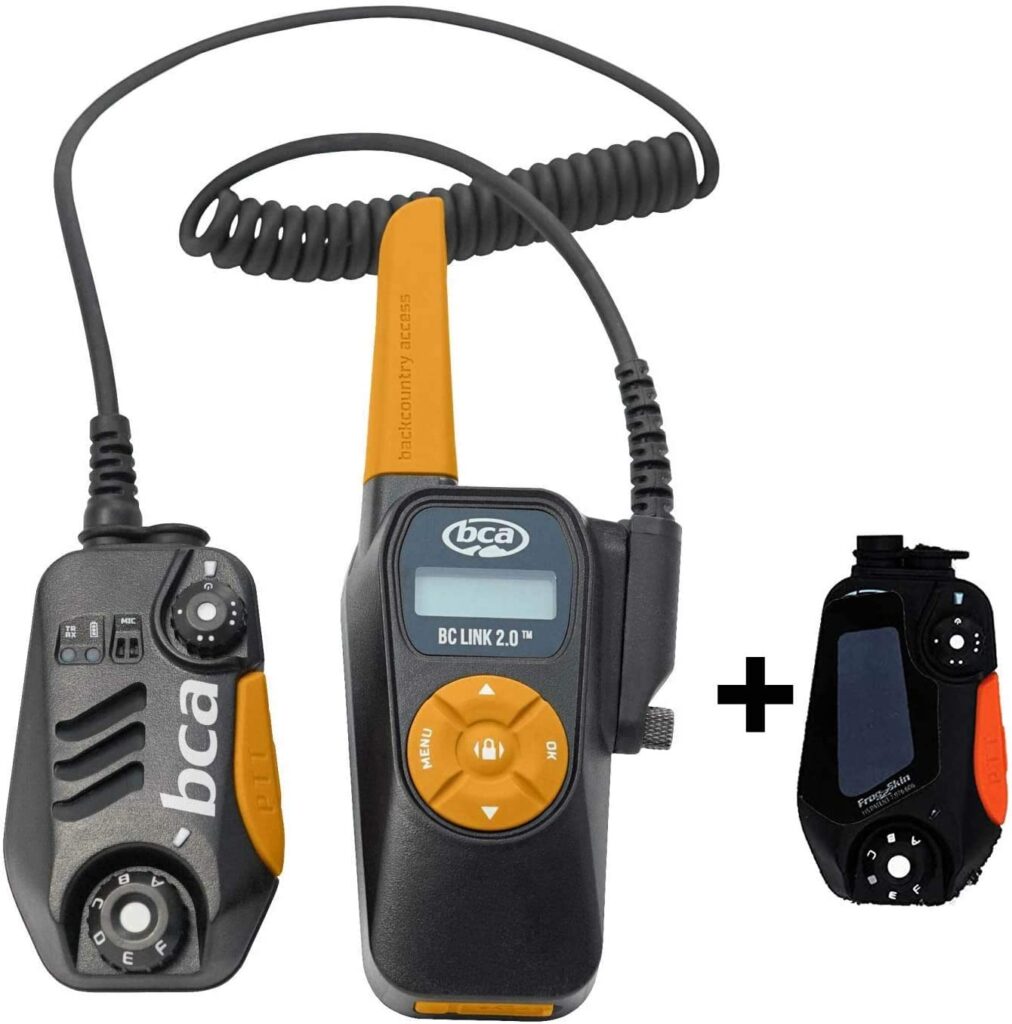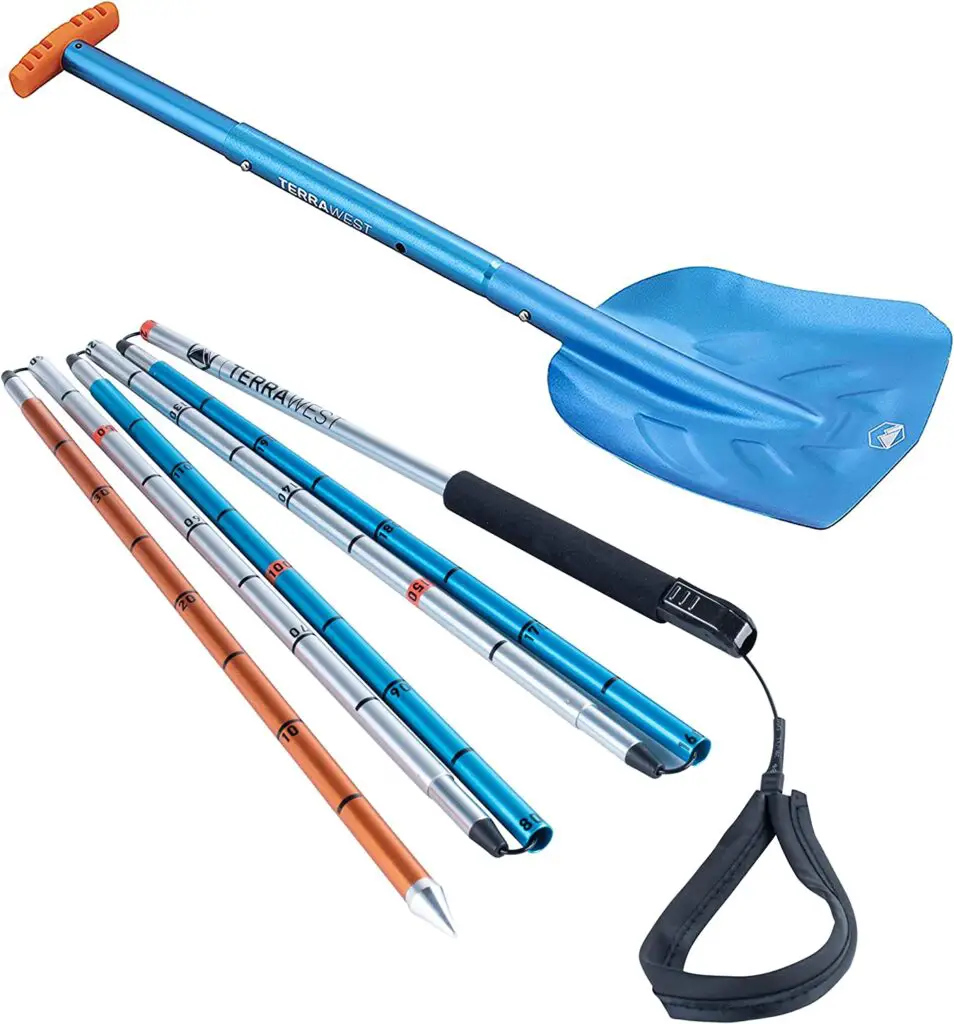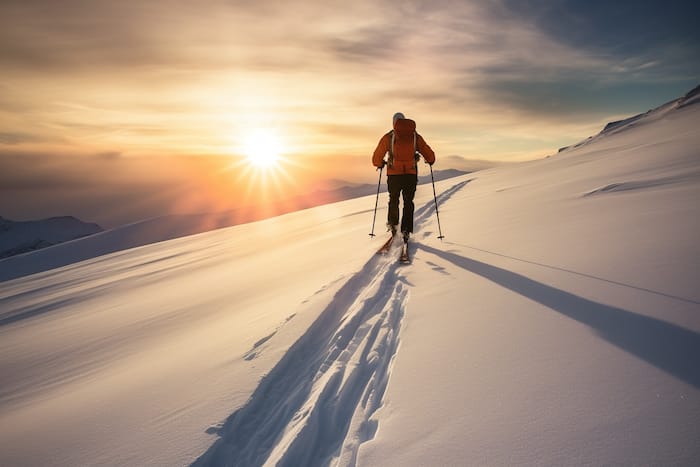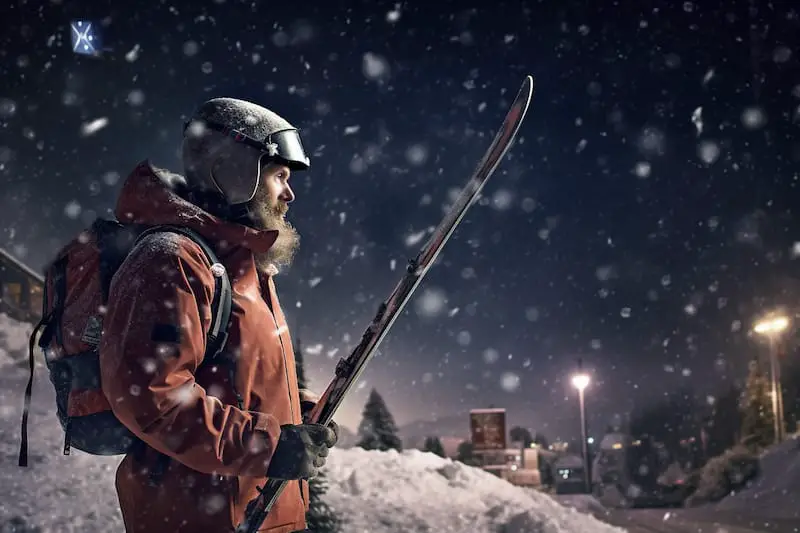Many outdoor enthusiasts that enjoy an adventure like to take part in backcountry skiing. Statistics show that nearly six million people take backcountry skiing each year (Source: Mountain Culture Group). While this is a popular activity, it may not be appealing to all outdoor adventurers.
Backcountry skiing is a unique type of skiing that you can enjoy worldwide. When deciding to go backcountry skiing, you need to be prepared to travel off the beaten path. Most people that participate in this sport find themselves hiking several miles to a good location. While this is extremely appealing to some, it may not be worth it for many different reasons.
In this article, you will learn about backcountry skiing which will help you to determine if it is a worthwhile venture.
What is Backcountry Skiing?
Just as the name suggests, backcountry skiing takes place beyond the limits of a well-maintained and manicured or marked trail. To find the ideal location for backcountry skiing, you will need to move far into the woods.
If you have ever been on the slopes or hiking, you know that venturing off the trail is not recommended unless you are an expert outdoorsman. Choosing to go backcountry skiing means you are putting your safety at risk.
When you go backcountry skiing, you are venturing off the trail that most skiers use. Because the trails are not used or even known, they are not patrolled and will be unknown if medical assistance is needed.
What do You Need to Know About Backcountry Skiing?
If you are interested in backcountry skiing, you will be happy to know that it is possible to backcountry ski anywhere there is snow. It is important to remember that just because there is snow does not mean it is a safe location to venture to. Because the backcountry is uncharted territory, there are several things you need to keep in mind.
There are dangers. When you decide to go backcountry skiing, you are entering an area that has not been checked for snow conditions or hazards. Because the stability of the snow has not been assessed, you are opening yourself up to a greater possibility of avalanche activity.
Because avalanches are a real hazard in some locations, you need to take the proper safety equipment with you.
- Appropriate clothing: Dress in layers and be sure to wear a hat, gloves, and ski boots
- Avalanche transceiver: The transceiver sends a signal that a rescuer can pick up to help guide them to your location (Check it out here)
- Avalanche shovel: A foldable snow shovel will help test snow conditions and dig out you or another skier should you be trapped (Check it out here)
- Avalanche probe: A probe is a collapsible stick poked into the snow to find someone buried by an avalanche or tree well (Check it out here)
- Avalanche airbag: Useful, but not an absolute necessity, the avalanche airbag can be opened with a ripcord. It inflates to help you rise to the top during an avalanche (Check it out here)
While the list is minimal for safety supplies, you must have them because it could be a matter of your safety.
Have a plan. Going backcountry skiing can be a great way to get away from the hustle and bustle of everyday life or even to take a break from the ski resort. While this is appealing and may seem like something that you can do on a whim, it is not wise to treat backcountry skiing this way.
Because you are heading out into an area that is not monitored for safety or patrolled by rescue squads, you must give someone a detailed explanation of where you are going. Along with describing where you are going, it would also be helpful to provide a map.
Know how to read and choose the proper terrain. Before you head out backcountry skiing, you must know how to read the terrain properly. There will not be special signs or people to tell you when danger is ahead. If you do not understand the snow, you could place yourself and others in danger.
- Pay attention to the slope and stay off areas that may be over 25 degrees.
- Make sure you are not skiing under a high slope.
- Take time to move safely away from avalanche-prone areas.
- Pay attention to the position of the sun, which could indicate melting and shifting snow.
(Source: 57 Hours)
Do not go alone. You are thinking of backcountry skiing to get out on your own and free of company. While this may sound appealing, it can be dangerous and careless, especially if you are inexperienced.
When heading out to backcountry ski, it is wise to go with a guide or a group of people. At a minimum, you should have one other person with you. If something were to happen while you are skiing, another person must be there to help you.
Read this if you are still planning on going backcountry skiing alone?
What Equipment do You Need?
As with anything, you want to make sure you have the proper equipment before you head out on the slopes. The equipment you need for backcountry skiing is like downhill skiing, but there are some differences that you need to pay attention to.
Skis: You can use any ski for backcountry skiing, but specific skis are made for backcountry skiing. The main thing to focus on is having skis that can handle any weather condition or terrain. Remember, backcountry conditions can change rapidly and multiple times during your adventure.
Boots and Bindings: When choosing boots, you want to make sure they fit securely into the bindings and provide you with an adequate range of motion. It is important to note that the boots should not be sloppy and allow for excess movement, but they need to allow proper flexion.
The bindings you choose will depend on both the skis and boots you choose to use. The bindings need to be able to securely hold your boots to the skis through any snow condition.
Skins: This is a component that will attach to your skis to help provide traction. You do not typically need these when participating in normal skiing conditions, but backcountry skiing is anything but normal.
Avalanche kit: It is necessary to have an avalanche kit when you head out to the backcountry. The kit does not need to be elaborate, but it does need the necessities (beacon, shovel, and probe).
There may be many other things that you are directed to get before you begin backcountry skiing, but those are the basics. If you are uncertain of gear that you may need, it is wise to seek the counsel of an experienced backcountry skier.
Final Thoughts
Backcountry skiing is a thrilling adventure for many but may not be the best sport for every skier. Before you decide to venture into the backcountry, you must make sure you are fully prepared with both equipment and a plan. If you enjoy skiing on a whim independently, then backcountry skiing may not be right for you.
